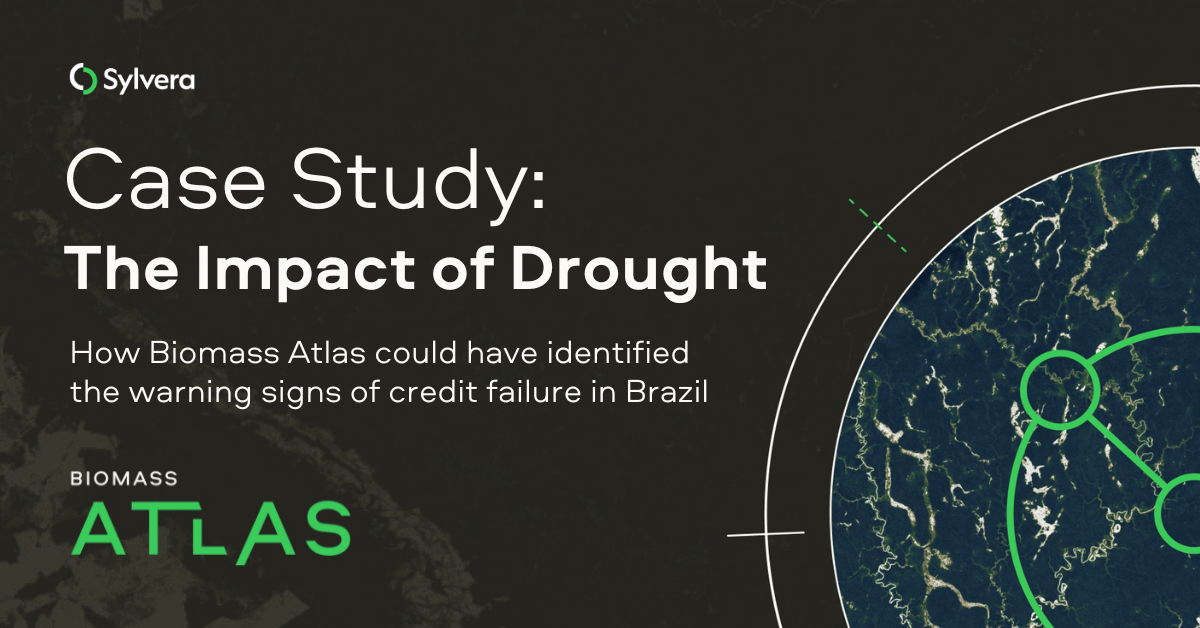“Over the years we’ve invested significantly in our field data team - focusing on producing trusted ratings. While this ensures the accuracy of our Ratings, it doesn’t allow the scale across the thousands of projects that buyers are considering.”
For more information on carbon credit procurement trends, read our "Key Takeaways for 2025" article. We share five, data-backed tips to improve your procurement strategy.

One more thing: Connect to Supply customers also get access to the rest of Sylvera's tools. That means you can easily see project ratings and evaluate an individual project's strengths, procure quality carbon credits, and even monitor project activity (particularly if you’ve invested at the pre-issuance stage.)
Book a free demo of Sylvera to see our platform's procurement and reporting features in action.
Article 6 of the Paris Agreement establishes three approaches for Parties to voluntarily cooperate in achieving their Nationally Determined Contributions (or NDCs). The Article 6.4 Mechanism is one of these approaches and aims “to contribute to the mitigation of greenhouse gas emissions and support sustainable development” (Paris Agreement text, Article 6.4).The Article 6.4 mechanism Supervisory Body is seeking inputs regarding modalities for operation of the Article 6.4 mechanism registry.
1. Functional scope of the mechanism registry
a. One of the key functions of the mechanism registry should be to define the minimum activity data requirements participants should provide to 1) ensure consistent reporting and 2) maximise confidence through data transparency.
b. Data requirements should find a balance between A) ensuring enough transparency and B) being realistic for all participating. Data requirements could include:
- Activity details:
- Avoidance / removal
- Technology-based or nature-based solutions
- Project type (e.g., REDD, ARR, IFM)
- Project sub-type (e.g. AUD, APD, afforestation, reforestation)
- Certification details:
- Standard (e.g. VCS)
- Methodology (e.g. VM15)
- Project ID (e.g. VCS1811)
- Additional accreditation (e.g. CCB)
- Project Status (e.g. pre-issuance, issuing, withdrawn, completed) and sub-status (e.g. pending validation, validated, registered)
- Key dates:
- Start date
- Project crediting period start and end date
- Vintage info:
- Vintage start date
- Vintage end date
- # credits issued by vintage
- Status (e.g. issued, cancelled, retired, pending issuance [permitted not yet issued])
- Status date (e.g. 1,000 credits cancelled on 9/1/2023)
- Risk buffer
- Project-level
- Total buffer contribution (# credits put into buffer pool to date)
- Total available buffer
- Released credits
- Cancelled credits
- On hold credits
- Vintage-level
- Total buffer contribution (# credits put into buffer pool to date)
- Total available buffer
- Released credits
- Cancelled credits
- On Hold credits
- Location
- Latitude and longitude of all points of the polygon &/OR
- kml/shp of Project Area, Reference Area, Leakage Area, and any other relevant areas including but not limited to Project Accounting Area, Leakage Management Zone, Leakage Buffer, etc.
- Country
- State(s)/Province(s)
- Involved stakeholders
- Developer name(s)
- Proponent name(s)
- Landowner name(s)
- Validator name(s)
- VVB name(s)
2. Role of the mechanism registry administrator
a. Ensuring interoperability of registries will be a key responsibility (see point 6). This includes the international registry, the Article 6.4 mechanism registry and national registries but also private registries (such as Verra’s registry).
3. Connection between the international registry, the Article 6.4 mechanism registry and national registries.
a. All registries should be connected and ensure a minimum level of interoperability to ensure the flow of both mitigation outcomes and data ensuring transparency and avoiding double counting.
b. The international registry should act as a central location to track both ITMOs and A6.4ERs.
c. Data consistency will be key to ensure interoperability.
d. Alignment with existing efforts towards facilitating national registries (such as the UNDP National Carbon Registry initiative) would help identify challenges and facilitate connection in the future.















